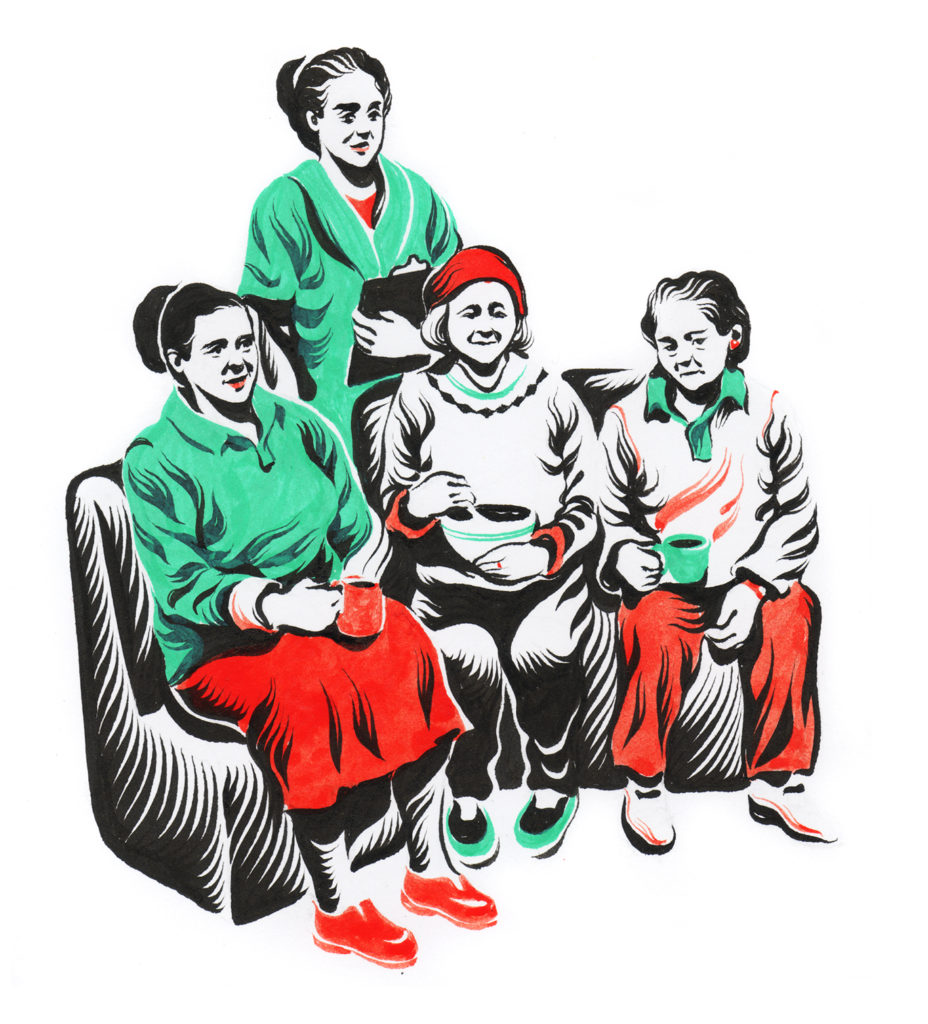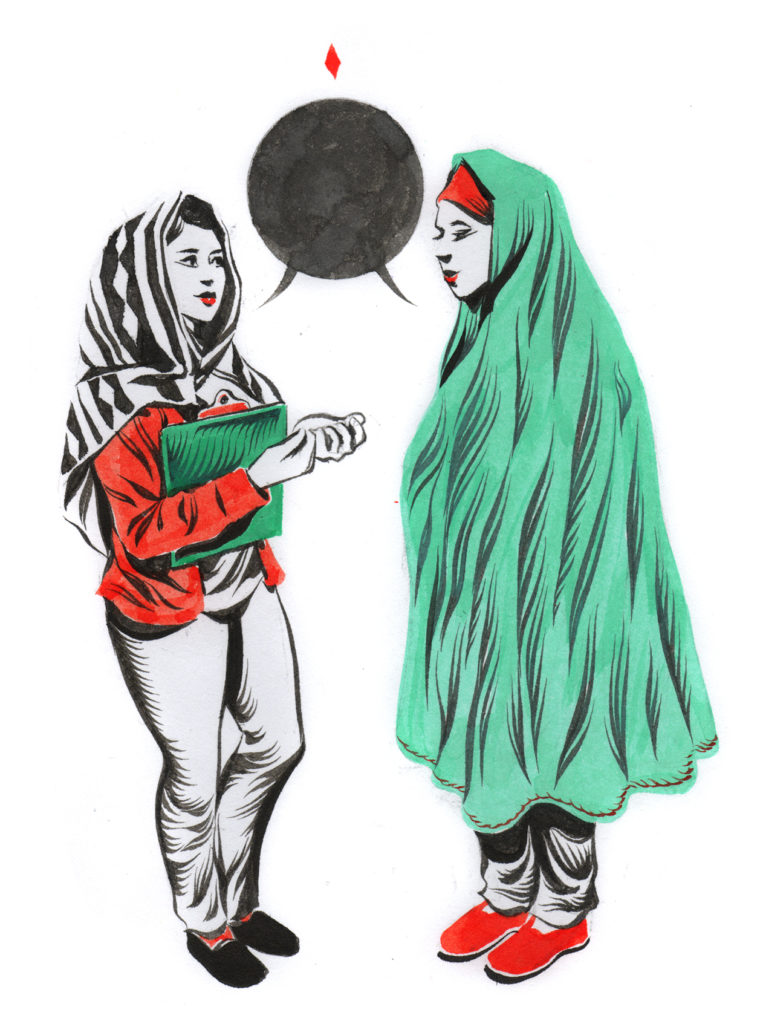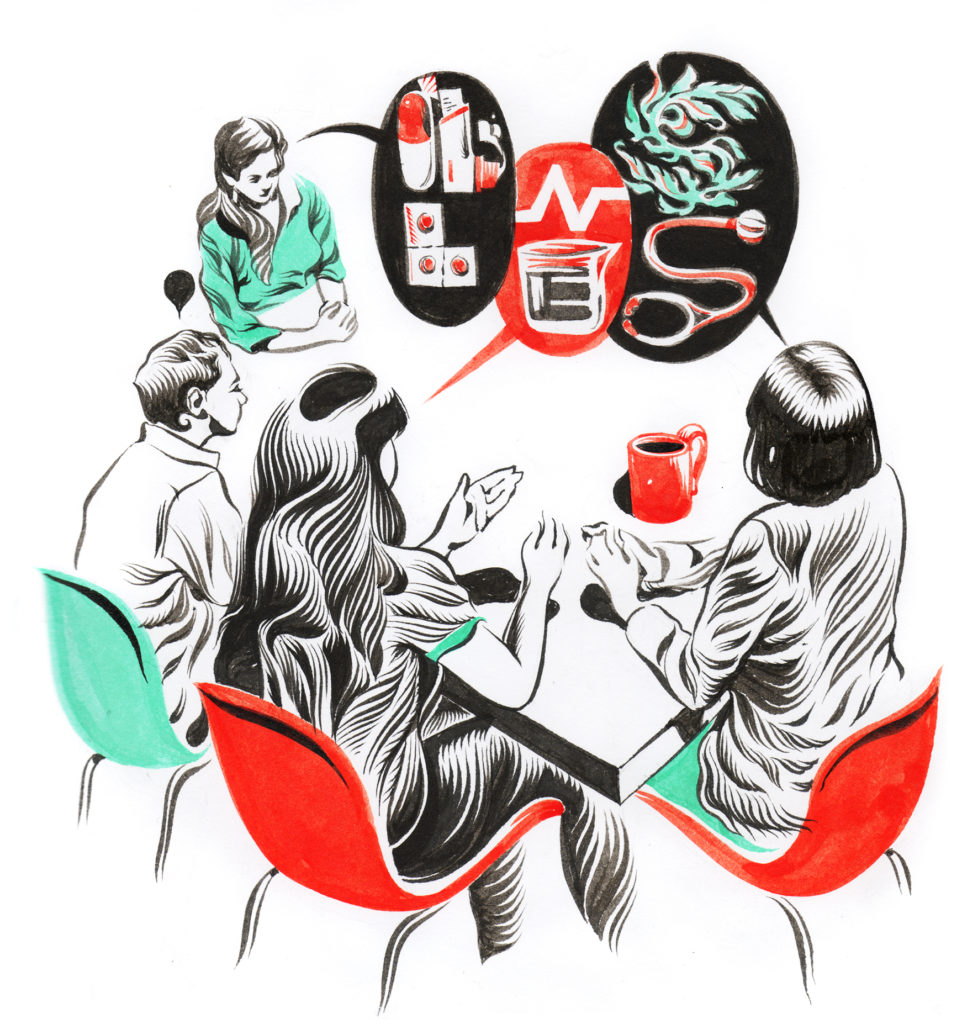
Integrated care is complicated. Integrated care that centers around the whole person in context of their community is even more complicated. These three mini-stories from a doctor, an educator, and a psychiatric care coordinator begin to show us the power of meeting patients where they are.

Roli Dwivedi, M.D.
(Medical Director, CUHCC*)
“Health equity means having access to equal care for everyone. We need to craft care patient-by-patient instead of just providing a standard model of care for everyone. I have a seventy-year-old Hmong patient. I started seeing her a few years ago. At that time, she had very uncontrolled diabetes. We want her numbers to be around seven, but when I met her, they were actually around 14. Based on her chart, it looked like a lot of interventions had been done, but things weren’t getting better. I talked to her slowly, day by day, and came to the conclusion that she wasn’t taking her medication. I tried to find out why, but found out that she doesn’t believe in modern medicine and prefers traditional medications. Instead of denying her experience, I focused on encouraging her to pair her diabetes medication with traditional medicines. Still she wasn’t taking her medications.
As I worked with my patient over time, I found out that she couldn’t read or write and she had a fear of needles. Both of those things make it very hard to get a patient to use insulin and other diabetes medications. I knew I couldn’t treat her alone. I invited a team together to come up with a plan to help her. We color coded her medications so she didn’t have to read them. Still after the plan was in place, things weren’t getting better. Finally, I thought it might be a good idea for her to get to know other people from her culture who had diabetes, so with her agreement, I arranged for her to go to a Hmong adult day care center three to four times a week, and at that time, things began to improve. Once her medication compliance was better, her numbers began to improve. Finally, we started to talk about injections and work on her fears, and now we’re working with her insurance to get her an injectable medication that she can take once a week instead of every day.
We have to provide care with a different lens. We need to start meeting patients where they are, rather than just making a recommendation and giving the patient a pill to make them better. We have to be creative and not separate the disease from the patient. We have to address the patient as a whole.”

Nasteha A. Mohamed
(Psychiatric Care Coordinator, CUHCC*)
“I work with adults who have severe, persistent mental illness. My passion is mental health. I am an immigrant. I left Somalia when I was young. I have a huge caseload of Somali patients, most of them with schizophrenia.
My goal is to paint a new picture of mental health in places like Somalia and then the picture of what it is like in the States. Our Somali patients don’t normally seek mental health care. What I do is change that image. We need to use patient friendly words. The DSM codes don’t mean anything to our patients. How do you incorporate the Western model into the cultural or religious parts of a person’s life? That is something we do all the time. CUHCC is a one stop shop. We have health, medical, dental, legal, psychiatric, case management, and ongoing advocacy.
It means the world to have a provider who looks like you. You feel a lot better. You feel like these people are helping “my own kind,” these people “speak my language.” Having a multicultural and multilingual staff that doesn’t work in silos but works in integrated care means everything to the patient. We can promote cultural practice and medications as one. We can focus on alternatives as needed, and purposefully use spiritual leaders and whole families to work as a team and support our work. A lot of providers are going above and beyond to use family and community to meet patients where they are.”
 EmmaLee Pallai
EmmaLee Pallai
(Education Manager, CUHCC*)
“My work is to structure the education that is happening at CUHCC and to help move it forward as the organization begins to re-center around education clinic-wide. We focus on education for students, staff, and patients. We have about 300 students and residents who come through each year. We have done a couple projects where students and patients have worked together.
One of my specialities is Narrative Health or Narrative Medicine. Illness is a story that is created between the doctor and the patient; recognizing that story is how we communicate, how we talk about illnesses, and how we even construct our reality. How are we constructing illness with our patients? At CUHCC, we create a safe space for students to reflect and to talk about what they see versus what they hear versus what they want to be. We have recently completed a pilot with both students and patients where all of us are at one table. We write about a moment in our illness and then we share with one another, so nobody is above another in the story of our illness. One of the patient advisors who was at the table shared the story of how he knew CUHCC was his place to be, and he knew that he would get healed here. And it had nothing to do with any of the healthcare providers. It had to do with the patient service representative who greeted him and made him feel welcome. It was feeling welcome that made him realize that he could be healed, not the doctors.
Part of what we talk about is how illness is defined. The illness is separate from the person. And in traditional medical systems, it’s very easy to conflate the two. How much do we say that the person kind of becomes their illness?”
This story was created in partnership with the Minnesota Accountable Health Model – SIM Minnesota.
This story and the project partners* featured in this story were funded by a $45 million State Innovation Model (SIM) cooperative agreement, awarded to the Minnesota Departments of Health and Human Services in 2013 by the Center for Medicare and Medicaid Innovation to help implement the Minnesota Accountable Health Model.
*Community University Healthcare Center (CUHCC)

Contributors

